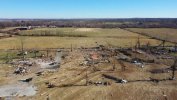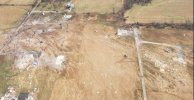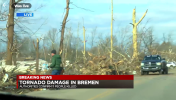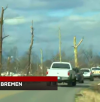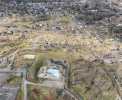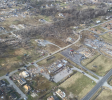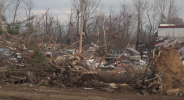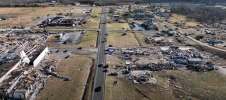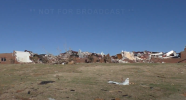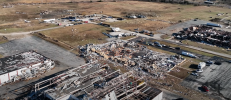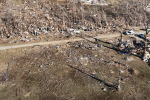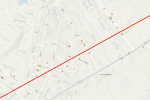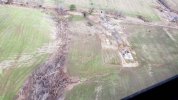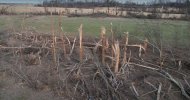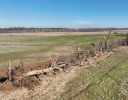Also in Dawson Springs the tornado quite suddenly intensified as it crossed the eastern side of town producing relatively extreme damage,
View attachment 47224View attachment 47225
Higher end of vegetation damage, with some debarking and rootballing. This is probably a bit easier in a densely populated area though.
View attachment 47226
There was a small industrial district right on the edge of town. Multiple larger buildings were destroyed here.
View attachment 47227
View attachment 47228View attachment 47229
Debris was once again granulated and wind rowed, and trees were mangled - as was common with this tornado throughout the track.
View attachment 47230
The NWS used 2 EF4 DIs in the town, the highest being 180mph, however you can see on DAT they missed numerous structures.
View attachment 47231
If you watch the aerial damage videos there are so many slabs where homes are almost completely covered in debris from other structures to the point they aren't visible. I don't find it impossible to think there may have been one home perhaps well built enough for an EF5 rating that was not surveyed, but there was also plenty of very subpar construction used. It's just one of those things where I think we will never know.
Also in my personal opinion, when tornadoes move through densely populated areas, especially quickly - the pure abundance of debris makes it harder to achieve the granulated, wind rowed, slab swept clean look so the tornado looks less intense (similar occurred in Rolling Fork and Greenfield). That's partly what makes tornadoes like Moore and Smithville (you could even argue Washington, IL) so extremely impressive when they completely swept clean almost all debris in the areas they impacted.

